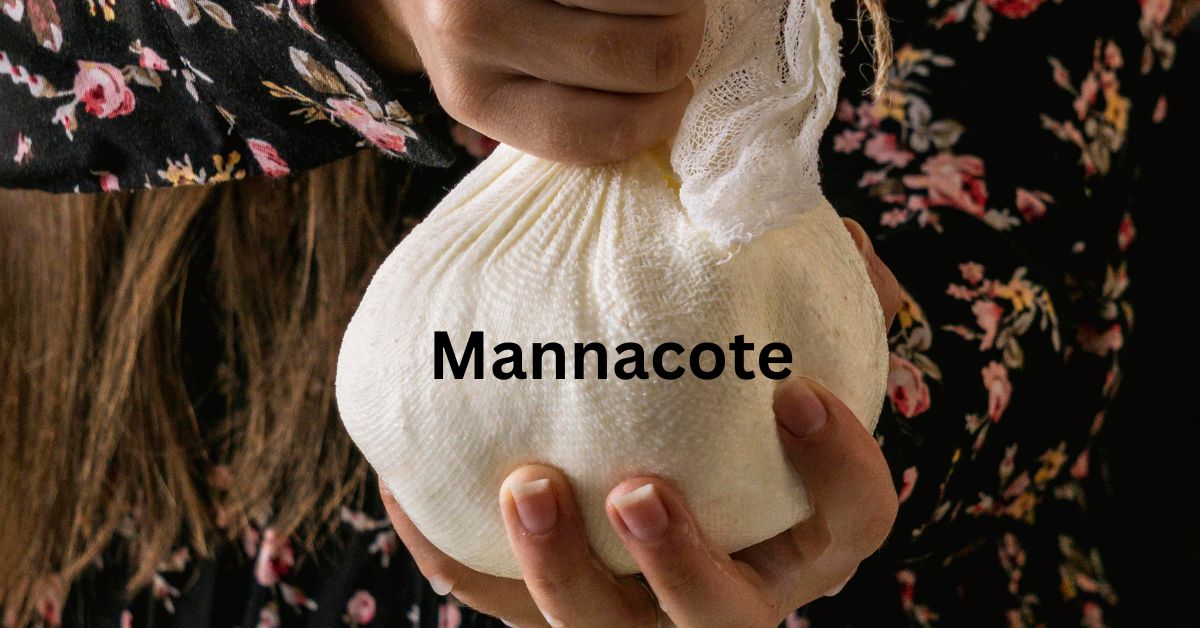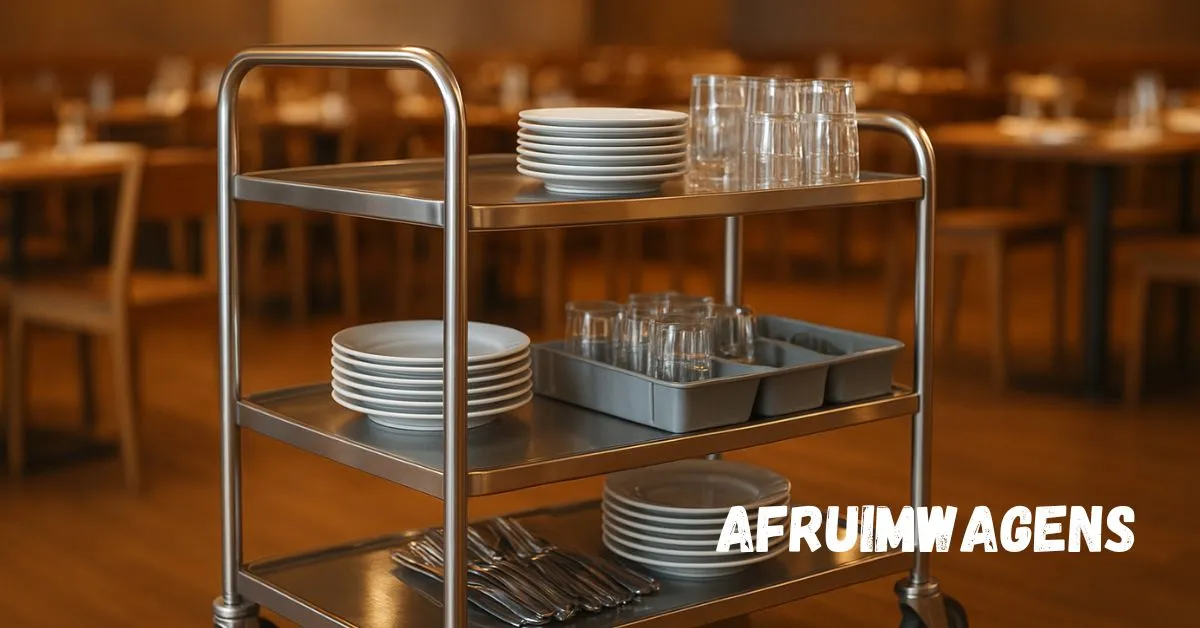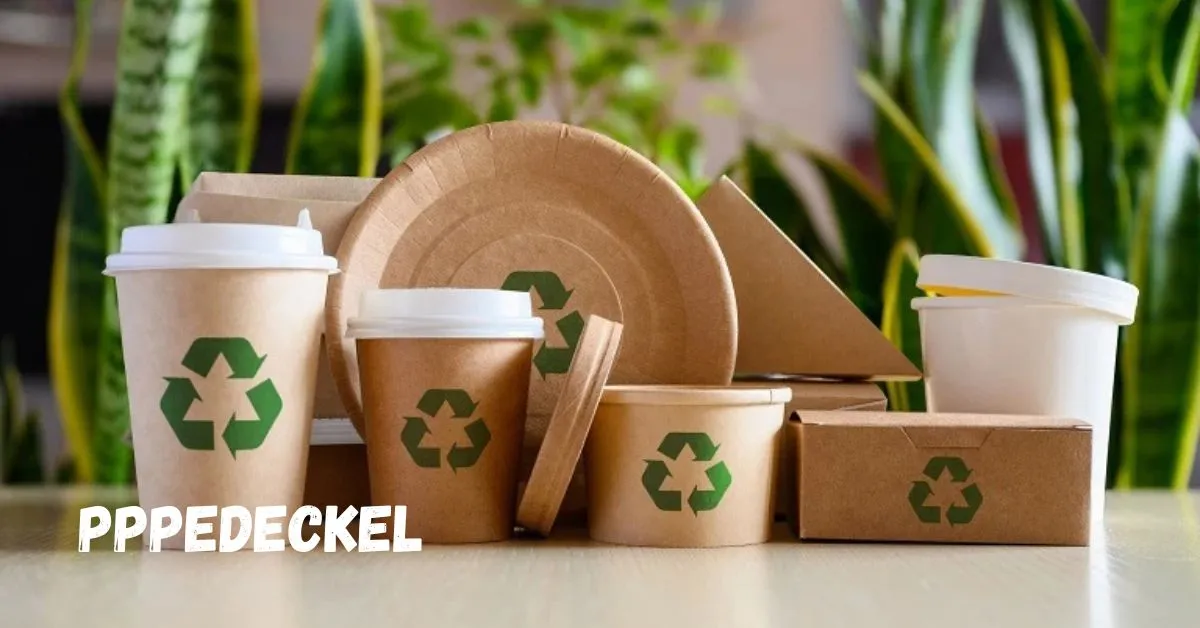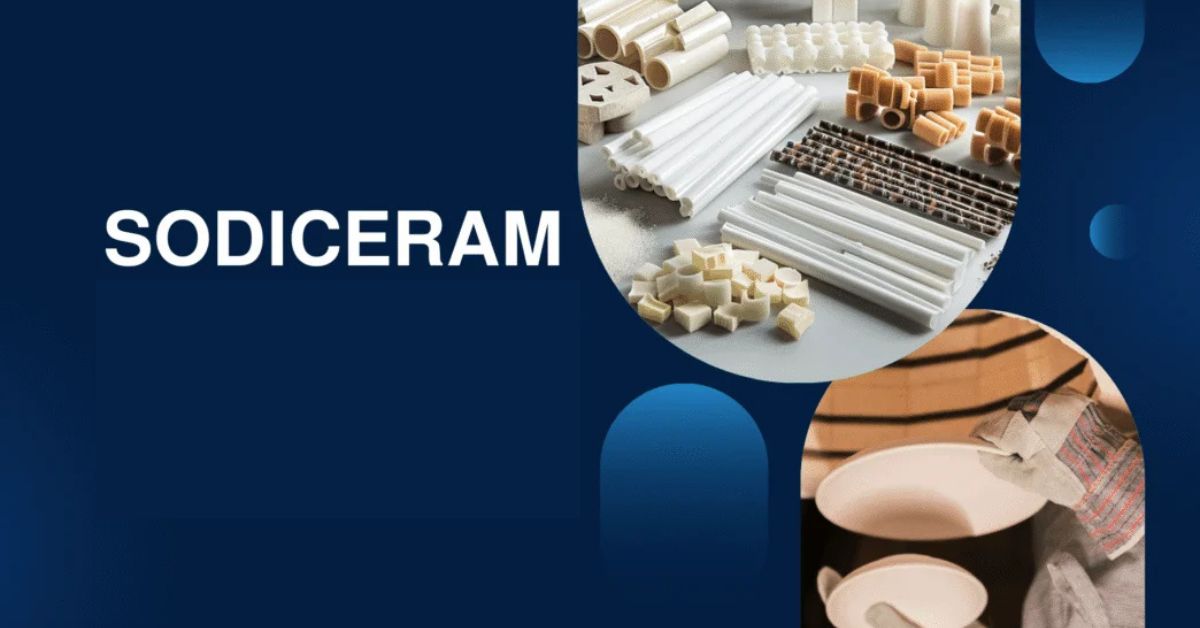Have you ever come across the word mannacote and wondered what it means? It’s not a very common word, but it holds an interesting story. Mannacote has both cultural and practical value, and people have used it in different ways over time. Let’s take a simple journey to understand this unique word.
What is Mannacote?
Mannacote is often described as a type of coating or layer made from natural ingredients. It can also be linked to old traditions where people created protective or decorative covers for food, tools, or even fabrics. In modern terms, it can mean a smooth coating used to preserve or protect something.
Origin of the Word Mannacote
The word “mannacote” seems to come from two parts: “manna” and “coat.” Manna is known as a divine or natural food in many cultures, while “coat” means a layer or cover. When combined, the word suggests a natural or blessed coating, something that protects and nourishes at the same time.
Historical Background of Mannacote
In the past, people used mannacote as a way to preserve food naturally. It was seen as a blessing from nature, keeping food fresh longer in times when refrigerators did not exist. Some communities also used it in rituals, believing it carried spiritual energy.
Traditional Uses of Mannacote
Traditionally, mannacote was used in kitchens and homes. People coated fruits, grains, and even bread to keep them safe from spoilage. In rural cultures, it was sometimes applied to wooden tools as a natural layer of protection.
Mannacote in Modern Times
Today, mannacote is not widely known, but the idea behind it lives on in modern food preservation methods. Wax coatings on fruits, edible films on candies, and natural protective layers on medicines are examples inspired by the same concept.
Different Types of Mannacote
There are different kinds of mannacote depending on the material used:
-
Edible mannacote for food preservation.
-
Protective mannacote for tools and objects.
-
Cultural mannacote for rituals and symbolic purposes.
Cultural Importance of Mannacote
In some traditions, mannacote symbolized purity and divine care. Just as manna was considered a gift from the heavens, mannacote was seen as a way of protecting blessings given by nature.
Health Benefits of Mannacote
When used with natural ingredients, mannacote carried health benefits. It kept food safe, reduced waste, and ensured freshness. Eating food preserved with natural coatings was considered healthier than consuming processed preservatives.
How Mannacote is Made
Mannacote was usually made from simple ingredients like flour, honey, wax, or plant-based resins. People mixed these together to create a thin layer that could be spread or brushed onto items.
Mannacote in Daily Life
From keeping bread fresh to sealing wooden bowls, mannacote was once part of daily routines. Even today, the principle of protecting food and items with natural coatings is still very much alive.
Mannacote and Food Industry
Modern food companies use similar techniques—like edible films and wax layers—to extend the shelf life of fruits and vegetables. These are advanced versions of the old idea of mannacote.
Common Myths about Mannacote
-
Some believed mannacote had magical powers.
-
Others thought it could cure illnesses.
-
While not magical, its practical benefits were truly valuable.
Future of Mannacote
With the growing demand for eco-friendly and natural solutions, the concept of mannacote might return in new forms. Scientists are already working on biodegradable coatings inspired by ancient methods.
Conclusion
Mannacote may not be a common word today, but its idea is timeless. It shows how simple, natural solutions can protect, preserve, and even symbolize care. From old traditions to modern science, the journey of mannacote reminds us that nature often provides the best answers.
FAQs
Q1: Is mannacote still used today?
Not directly, but similar natural coatings are used in food and packaging industries.
Q2: Was mannacote only used for food?
No, it was also applied to tools and sometimes in cultural rituals.
Q3: Is mannacote healthy?
Yes, when made with natural ingredients, it was safe and healthier than artificial preservatives.
Q4: Where did mannacote come from?
It originated as a traditional method combining natural materials for protection.
Q5: Can mannacote make a comeback?
Yes, with eco-friendly trends, natural coatings inspired by mannacote could become popular again.










